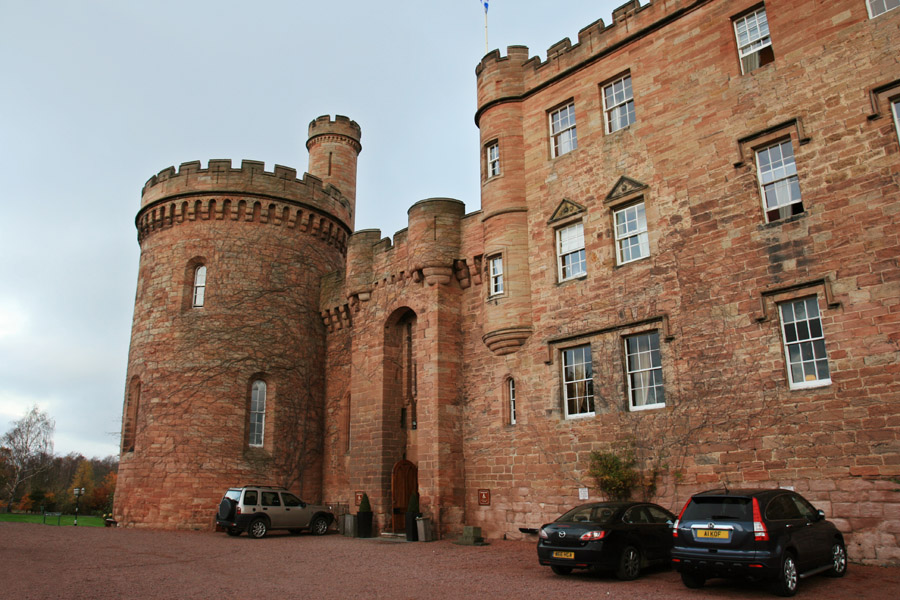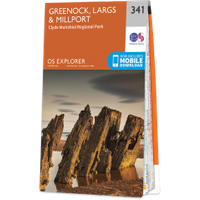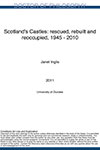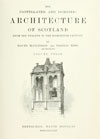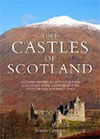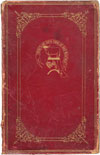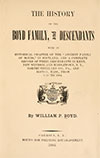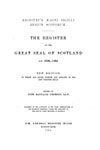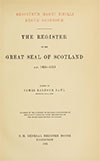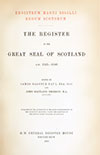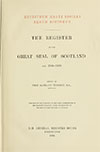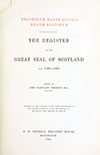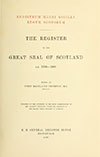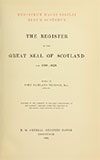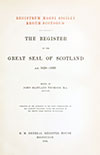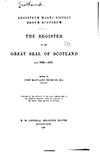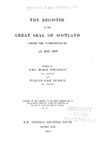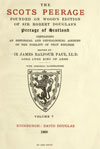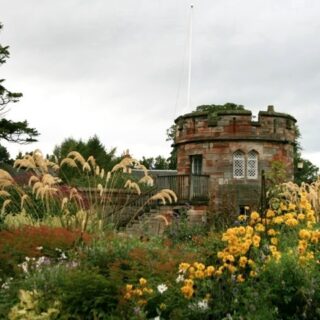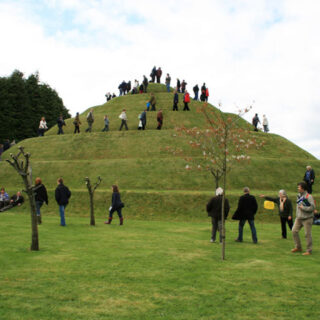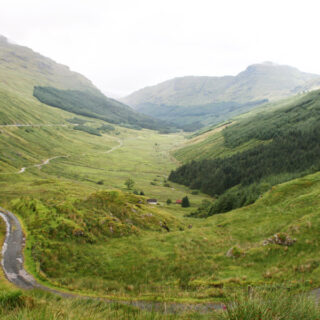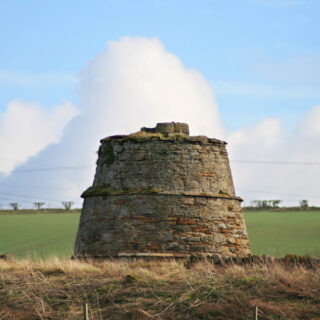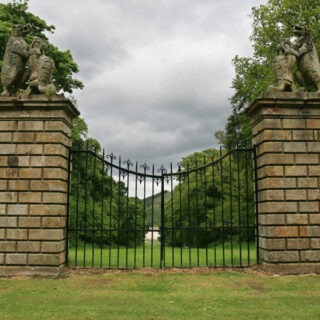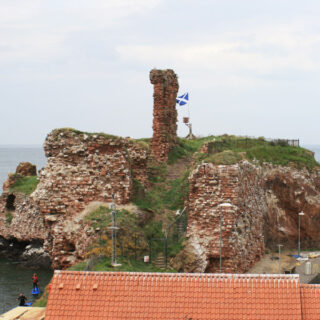

David MacGibbon and Thomas Ross, Edinburgh, 1889
Law Castle is a 15th century tower which was built for a princess of Scotland.
The castle is built on the lands of Kilbride which at the time of the Wars of Independence were held by the English nobleman Godfrey de Ros. Whether or not there was a castle here at that time is not known however it’s entirely possible. In 1315 the lands were granted by Robert the Bruce to Sir Robert Boyd, who had fought alongside the King at Bannockburn, along with numerous other properties in Ayrshire.
Kilbride seems to have passed to the Cunningham family at some point in the 14th century as in 1399 Sir William Cunninghame of Kilmaurs received a charter of the lands of Killbryde. In 1413 Robert Cunninghame, probably Sir William’s son and heir, received a charter of the same lands.
By the 15th century however Kilbride was back in Boyd hands, In the 1460s Sir Robert Boyd of Kilmarnock, 1st Lord Boyd and great-great-great grandson of the Sir Robert Boyd who was granted the lands of Kylbride in 1315, became a Regent for the infant James III. He used his position of power to advance his family and in 1467 his son, Thomas Boyd, married Mary Stewart, the King’s sister. Thomas received the Isle of Arran as part of Mary’s dowry, was created Earl of Arran, and Law Castle is said to have been built at this time for the couple.
The castle stands on a slight eminence on rising ground on the west side of the Law Hill, with commanding views across the Firth of Clyde to Arran. It was built on a rectangular plan and measures around 12.8m east to west by around 9.1m north to south with very thick walls. Originally it consisted of four storeys plus a garret and rises to a height of 13.1m at the parapet.
The entrance is in the middle of the south wall and leads into a vaulted basement divided into two chambers. A spiral staircase in the south-east corner continues up to all of the upper floors while an intramural scale and platt service stair in the north-east corner terminates in the Great Hall above. The ground floor is defended by six gunloops.
The majority of the first floor is taken up by the Great Hall however the east end contains a narrow kitchen arranged across the full width of the tower complete with large fireplace and screened off from the hall by a wide stone arch. At the west end of the hall are a fireplace and three window seats.
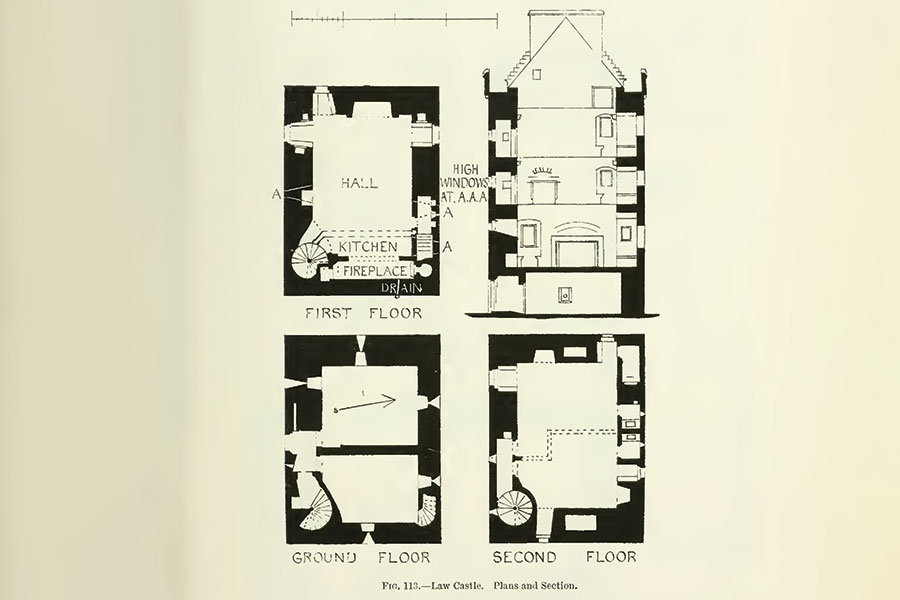
David MacGibbon and Thomas Ross, Edinburgh, 1889
The second and third floors would likely have been divided into two chambers each and feature window seats, garderobes, fireplaces and storage niches.
The spiral stair continues up to the parapet walk which is supported on three courses of corbels and features a bartizan at each corner with crenellations between. At the centre there was once garret level, nestled between three massive chimneys.
Law Castle is stylistically very similar to the towers of Little Cumbrae and Skelmorlie which are also situated on the coast of the Firth of Clyde.
The Earl of Arran and his father were attainted for treason in 1469 and forfeited their properties including the Law Tower of Kilbride. The Earl’s marriage was annulled and the King forced his sister to marry James Hamilton, 1st Lord Hamilton. In 1478 the King granted the lands of Kilbride to his wife, Margaret of Denmark, however in 1482 he granted them to his sister, Mary, then described as Lady Hamilton.
In 1535 James IV granted Law in Kilbride to Sir James Hamilton of Finnart. Hamilton was an illegitimate son of James Hamilton, 1st Earl of Arran and son of Mary Stewart and the 1st Lord Hamilton, and Marion Boyd, a granddaughter of Sir Robert Boyd, 1st Lord Boyd.
Hamilton of Finnart was executed for treason in 1540 and his estates forfeited. Law seemingly returned to the Boyd family at this point as in 1545 Mary Queen of Scots made a new grant to Robert Boyd, son and heir apparent of Robert Boyd, 4th Lord Boyd of the lands and barony of Kilbryde with the manor house.
According to MacGibbon and Ross Law Castle remained with the Boyds until 1670 when William Boyd, 3rd Earl of Kilmarnock, alienated it to Major Hugh Bontin. However the 3rd Earl wasn’t born until 1692 so either the date is wrong or it was the 1st Earl, also William Boyd. I haven’t been able to find any other reference to a Hugh Bontin.
When MacGibbon and Ross visited the castle in the late 19th century it was empty and roofless but still standing to its full height, although the garret level had fallen in. It remained in this state until the late 1980s when a programme of restoration was begun, however the castle was repossessed in 2002. The restoration was completed by the subsequent owners in 2005.
Alternative names for Law Castle
Kilbrid; Kilbridy; Kilbryd; Kilbryde; Kilbryid; Killbryde; Kylbride; Kylbryde; Law Tower of Kilbride; Tower of Kilbride
